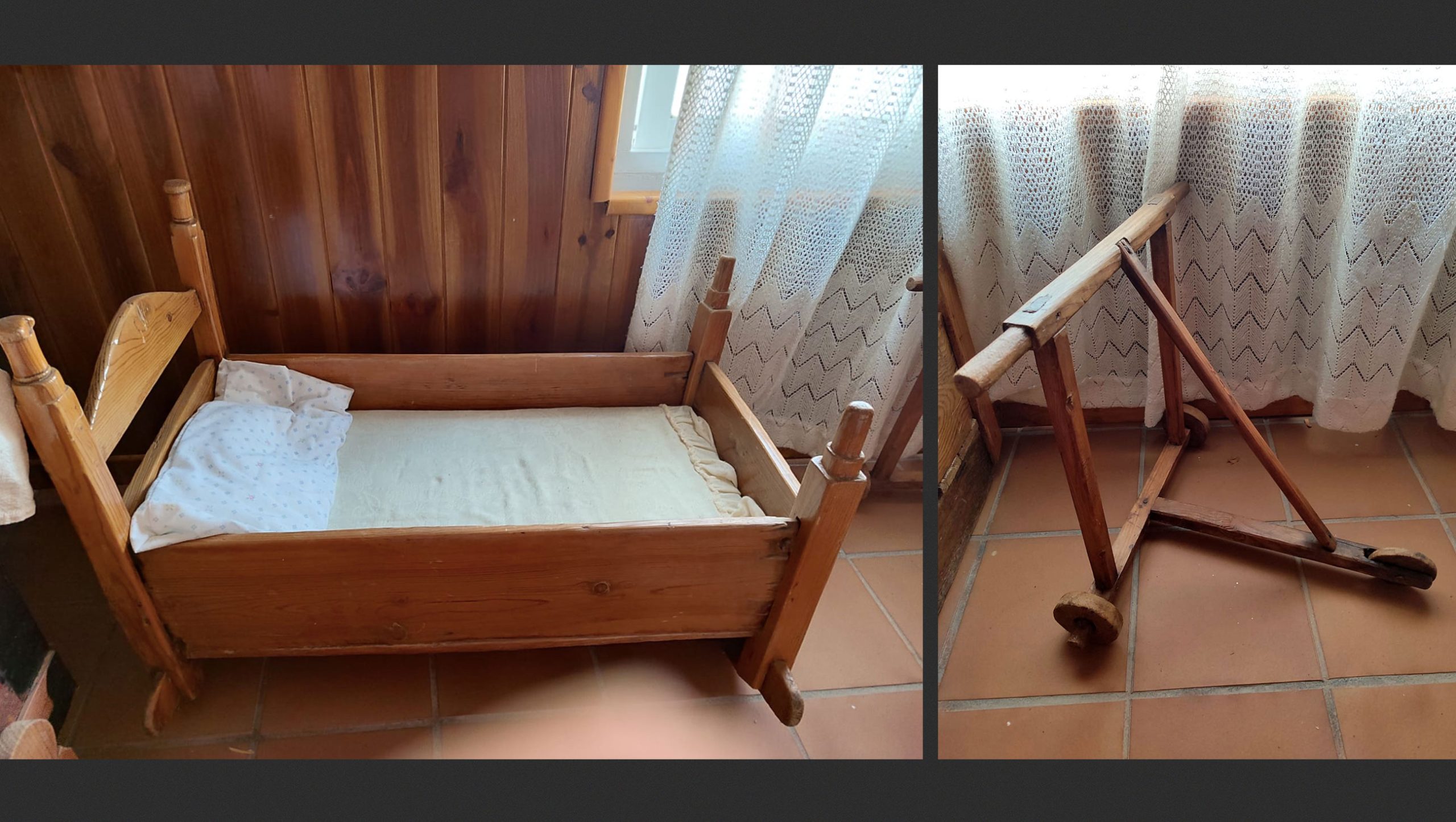Cots, Shrouds and Necronyms. Maternity for a Village Woman.
I. Cycles of Life and Death in a Mountain Village
“Mother, what is it to wed? My daughter, it is to sew, to give birth and to grieve.“
Gonzalo Correas (1571-1631), Collection of sayings and proverbs
The following are the chief dates in the life of Paula Martin, the housewife who in 1859 took in Juan:
1824, 17 August: Paula Martín was born in Sotillo de la Adrada.
1842, 24 November: she married Pascual Guerra, five years her senior.
1844-1857: her children were born:
1844, 1 April: Venancio.
1846, 2 September: Esteban; he died on 29 March 1848.
1848, 6 September: Eugenia.
1851, 11 July: Bernabé Antonio.
1853, 26 December: Esteban.
1855, 24 October: Rafaela; she died on 9 November 1856.
1857, 28 September: Cipriana.
1859, March: Juan Bautista de la Concepción was taken in, from the Madrid Inclusa.
1860, 2 April: Paula Martín dies.
We can often forget an important detail: these wet-nurses would already have children of their own, who they suckled themselves. Paula Martín had seven, of whom two died before their second birthday.
She was four months pregnant when she buried her second child, Esteban: he died in March 1848 and then Eugenia was born in September the same year. The shroud is not far from the cot, nor the cot from the shroud. Notwithstanding this saying, however, the memory of a lost child could live on through the passing on of its name to a younger sibling. The name Esteban was first bestowed on the second child born, and then used again for the fifth. The first Esteban died in March 1848, and the second was born in 1853, on 26 December: a happy coincidence, since that day is the feast of San Esteban, thereby providing the perfect opportunity to commemorate both the saint and the memory of the deceased sibling.
This homonymy between siblings was not unique to the 19th century. We see many examples in the early modern age, and the practice endured well into the 20th century. A child lost while in the state of innocence would go straight to Heaven and be a powerful intercessor for the living. A grieving mother would cleave to this belief and consolation: Heaven seemed far removed from the stones and sorrows of a mountain village. Yet at the same time the dead child could form a link of some sort between the physical world and the afterlife. The infant was kept close by through the use of images: the 19th century was the century of photographs of dead children, as we see in the novels of Galdós. The tolling of the bells transported it to Paradise, and then, an angel sitting at the Lord’s side, it also remained present on Earth, through the sibling who had received its name.
Today just as in the past there have been childless homes. However, the chance of being born the third, fourth, fifth or sixth was far greater back then, and so too was the likelihood of being born into a home which had already wept the loss of a sibling. This is a fundamental distinction from our contemporary times, and its cultural repercussions warrant examination.
Returning to Paula Martín and her family, we should add that she was soon to follow the child she took in to nurse, into the next life: she died on 2 April 1860, some seven months after Juan perished – from a “cerebral attack”, according to the doctor’s report. Her widower Pascual Guerra married again in December 1863, to a Francisca Jiménez, widow of Mateo Bravo. Pascual died in 1884, at the age of 65. He was survived by his children Venancio, Bernabé Antonio and Esteban. The death of Cipriana needs further investigation – it was she who gave up her mother’s milk in favour of the foundling from the Inclusa. We do see her mentioned in the parish records in July 1877, when, as godmother, she gathered up her nephew Mariano Antonio, son of her brother Bernabé Antonio, from the baptismal font. [Wolfram Aichinger]

